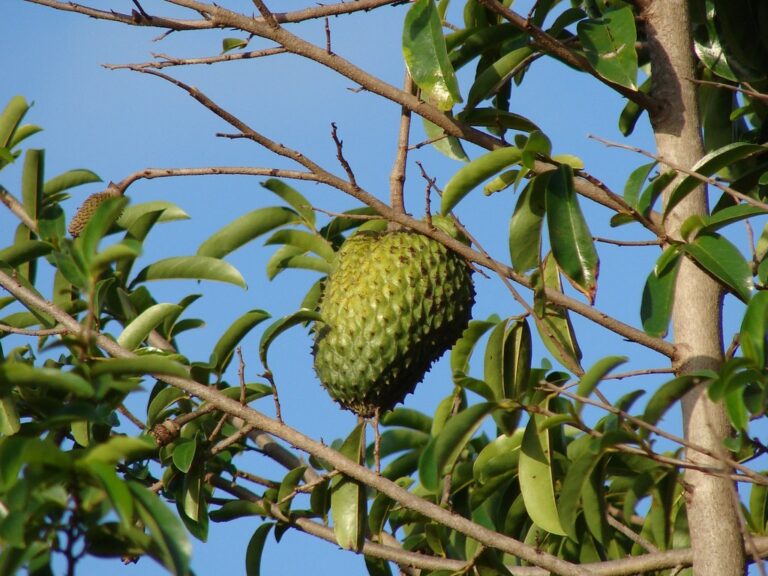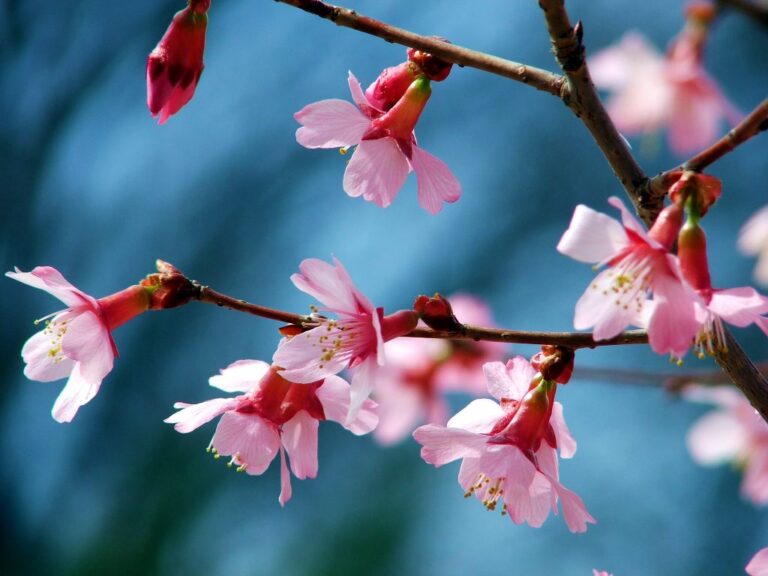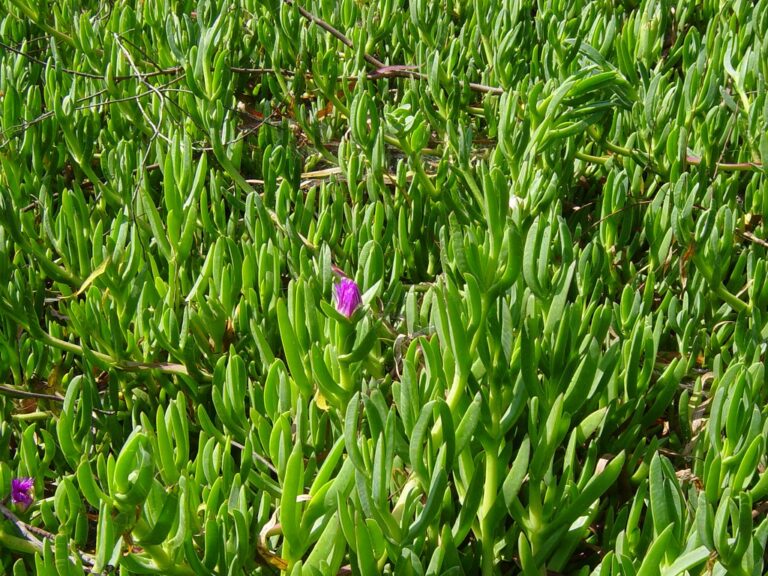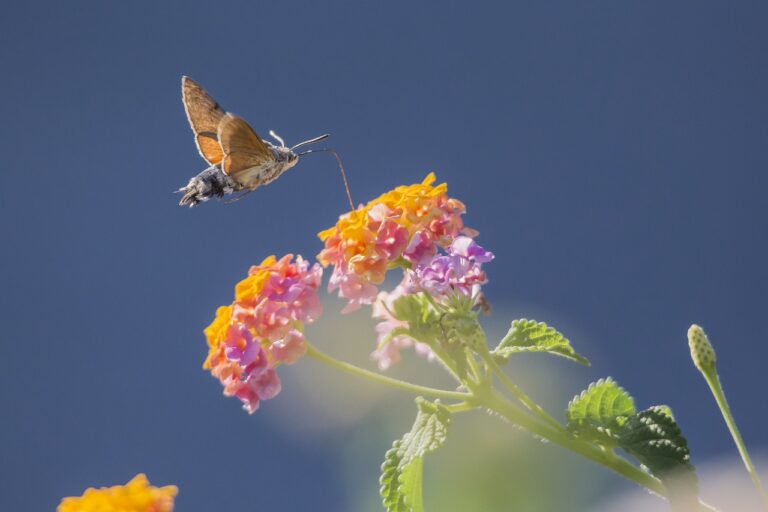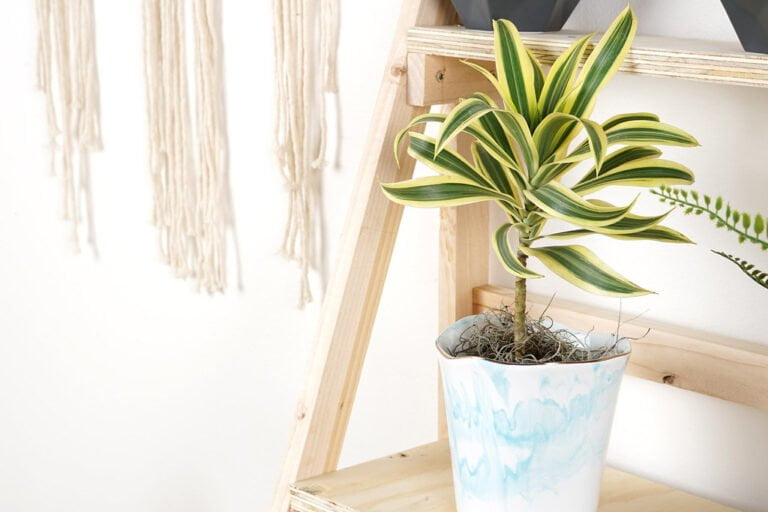Understanding and Managing Invasive Plants: A Guide to Identification and Non-Invasive Alternatives
Identifying and managing invasive plants is essential for protecting ecosystems and biodiversity. Early detection helps control their spread, important for maintaining ecological balance. Invasive plants disrupt nutrient cycles and species interactions, impacting overall ecosystem health. Management techniques like physical removal and herbicides are effective. Non-invasive plants offer sustainability and beauty, supporting local wildlife. Sustainable gardening practices, like using organic fertilizers and native plants, preserve biodiversity. Implementing these strategies is key to combating invasive species and nurturing healthy ecosystems. The guide provides insight on identification, managing invasives, and embracing non-invasive alternatives to create thriving landscapes.
Importance of Identifying Invasive Plants
Identifying invasive plants is a critical first step in safeguarding native ecosystems and preventing the detrimental effects of their proliferation. Invasive plants pose a significant threat to biodiversity by outcompeting native species for resources such as sunlight, water, and nutrients. This competition can lead to the decline or even extinction of native flora, disrupting the delicate balance of ecosystems. By accurately identifying invasive plants early on, we can take proactive measures to manage and control their spread, minimizing the impact on native biodiversity.
Effective identification of invasive plants is essential for implementing targeted eradication strategies. Different invasive species have unique characteristics and habitats that influence their ability to spread rapidly. Understanding these traits allows us to develop specific management plans tailored to each species, increasing the success of eradication efforts. Additionally, proper identification of invasive plants enables us to choose non-invasive alternatives for landscaping and gardening practices. By selecting native or non-invasive species for planting, we can help prevent the unintentional introduction and spread of invasive plants in our surroundings.
Characteristics of Common Invasive Species
One key aspect to understand when discussing the characteristics of typical invasive species is their exceptional adaptability to various environments. Common invasive species such as Japanese knotweed and kudzu are notorious for their rapid growth rates, allowing them to quickly establish themselves and outcompete native plants for resources. Their ability to thrive in diverse habitats makes them particularly challenging to manage effectively.
Invasive species often lack natural predators or diseases in their new environment, enabling them to spread rapidly and unchecked. This unchecked growth can lead to significant ecological disruptions, as seen with plants like purple loosestrife altering soil chemistry and reducing biodiversity within ecosystems. Additionally, some invasive species like garlic mustard can release chemicals that inhibit the growth of native plants, further exacerbating the imbalance in the ecosystem.
To effectively manage invasive species, it is essential to develop thorough management techniques that target the specific characteristics of each species. These techniques may include manual removal, targeted herbicide application, biological control methods, or a combination of approaches tailored to the invasive species in question. By understanding the unique characteristics of common invasive plants and implementing appropriate management strategies, we can work towards minimizing their negative impacts on ecosystems.
Negative Impacts on Ecosystems
Invasive plants impose harmful effects on ecosystems by displacing native species and altering critical environmental processes. When these plants infiltrate an area, they can have severe consequences, impacting the delicate ecological equilibrium and biodiversity of the ecosystem. The negative impacts of invasive plants include:
- Diminishment of Biodiversity: Invasive plants can outcompete native species for resources, leading to a reduction in the variety and abundance of plant and animal species in the ecosystem. This diminishment of biodiversity can have cascading effects on the entire food web, affecting the stability and resilience of the ecosystem.
- Disruption of Nutrient Circulations: These plants can alter the soil composition and disrupt nutrient cycles, affecting the availability of essential nutrients for other plants and organisms. This disruption can lead to imbalances in the ecosystem, impacting the overall health and functioning of the habitat.
- Threat to Ecological Equilibrium: The presence of invasive plants can disrupt the ecological balance of an area, causing disturbances in species interactions and ecosystem dynamics. This instability can have far-reaching consequences, affecting the long-term sustainability of the ecosystem and its ability to support diverse forms of life.
Strategies for Managing Invasive Plants
When addressing strategies for managing invasive plants, it’s crucial to evaluate the effectiveness of removal techniques, like mechanical methods or biological control. Preventing the spread of invasive species through early detection and rapid response is pivotal in successful management. Additionally, fostering the growth of native species can help restore balance to ecosystems impacted by invasive plants.
Removal Techniques Effectiveness
Implementing a combination of removal techniques tailored to the specific invasive plant species and ecosystem is essential for effectively managing invasive plant infestations. Mechanical removal methods, such as hand-pulling or mowing, can be highly effective for small-scale infestations of certain invasive plant species. However, the effectiveness of these techniques may vary depending on the invasiveness of the plant and the extent of the infestation. It is vital to carefully assess the situation and choose the most appropriate removal method to prevent further spread and ecological damage.
- Hand-pulling or mowing can provide a satisfying sense of accomplishment.
- Seeing the invasive plants diminish can bring a sense of relief and hope for restoration.
- The physical act of removing invasive plants can foster a deeper connection to the environment.
Preventing Spread Methods
Utilizing physical barriers like mulch or geotextiles can effectively hinder the spread of invasive plants by restricting their capacity to establish and proliferate. Invasive plant management strategies often emphasize the importance of early detection through regular monitoring, enabling prompt intervention to curb their expansion. Proper disposal of invasive plant fragments, seeds, and root systems is vital in preventing inadvertent spread to new areas. Strategic use of herbicides, following regulations and best practices, can help manage established populations of invasive plants effectively. Collaborating with local land management agencies and conservation organizations can further strengthen efforts to prevent the spread and control invasive plant species in a coordinated manner, ensuring a more sustainable approach to invasive plant management.
Native Species Promotion
Regularly promoting native species as part of invasive plant management strategies can effectively restore ecological balance and boost the resilience of natural habitats. Native species help to replace invasive plants, fostering biodiversity and ecosystem health. They are well-suited to local conditions, requiring minimal maintenance and reducing the need for harmful chemicals. By utilizing native plants in restoration projects, we can outcompete invasive species and support long-term management efforts. Additionally, the presence of native flora enriches habitat quality for wildlife, contributing to the overall sustainability of ecosystems.
- Native species aid in restoring ecological balance and promoting biodiversity.
- Utilizing native plants reduces the need for harmful chemicals, benefiting both the environment and human health.
- Supporting native flora contributes to the resilience and sustainability of natural habitats.
Introduction to Non-Invasive Alternatives
As we shift into discussing non-invasive alternatives, let’s delve into the diverse range of plant species that can offer comparable beauty and functionality without posing risks to native environments. By choosing these alternatives, we can appreciate the visual appeal of our gardens while actively supporting biodiversity and ecosystem health. Embracing non-invasive options aligns with sustainable gardening practices and plays an essential role in safeguarding our natural habitats.
Non-Invasive Options Overview
Non-invasive plant alternatives play a pivotal role in maintaining ecosystem balance and biodiversity.
- Choosing non-invasive plants helps protect native plant communities from the harmful effects of invasive species.
- By opting for non-invasive options, individuals can actively contribute to sustainable and environmentally friendly practices.
- Non-invasive plants not only offer beauty and functionality but also require low maintenance while supporting local wildlife.
These alternatives provide a practical and effective way to combat the negative impacts of invasive plants on the environment. By incorporating non-invasive species into landscaping and gardening, we can foster healthier ecosystems and promote the well-being of native flora and fauna.
Benefits of Alternatives
Exploring the benefits of incorporating alternative plant species into landscaping reveals a vital and essential way to boost ecosystem health and support native biodiversity. Non-invasive alternatives play a pivotal role in reducing the spread of harmful invasive plants, preserving the integrity of natural habitats. By opting for non-invasive plants, gardeners can actively promote biodiversity and provide essential support for native wildlife populations. These alternatives typically require less maintenance and show greater resilience in local ecosystems, making them a practical choice for sustainable landscaping practices. Additionally, the use of non-invasive alternatives contributes to the preservation of local plant communities, safeguarding them from displacement by invasive species. Embracing non-invasive options is a proactive step towards maintaining ecological balance and protecting native flora and fauna.
Benefits of Using Non-Invasive Plants
Benefiting both ecosystems and garden aesthetics, the utilization of non-invasive plants plays an essential role in maintaining biodiversity and minimizing ecological risks. Non-invasive plants help maintain biodiversity by not outcompeting native species, thereby preventing environmental problems caused by the displacement of indigenous flora. By using non-invasive plants, we reduce the risk of ecological damage and habitat destruction, safeguarding the delicate balance of local ecosystems. Additionally, non-invasive plants require less maintenance and are often more resilient in local environments, offering a practical and sustainable landscaping solution.
Incorporating non-invasive plants into our gardens and landscapes not only benefits the environment but also heightens the aesthetic appeal of our surroundings. The diverse colors, textures, and forms of non-invasive species can create visually pleasing and harmonious outdoor spaces. Choosing non-invasive plants supports ecosystem health and promotes a balanced natural environment, ensuring that our green spaces thrive sustainably for years to come. By selecting non-invasive alternatives, we can enjoy beautiful gardens while actively contributing to the preservation of biodiversity and the protection of our environment.
Implementing Sustainable Gardening Practices
To cultivate a sustainable garden, one must prioritize the adoption of eco-friendly practices that promote environmental health and longevity. Sustainable gardening involves using organic fertilizers and natural pest control methods to minimize harm to the environment. Implementing rainwater harvesting systems and drip irrigation can help reduce water usage in gardens, promoting sustainability by conserving this essential resource. One significant aspect of sustainable gardening is choosing native plants over invasive species. By opting for native plants, gardeners can help maintain biodiversity and support local ecosystems, as these plants are better adapted to the region’s climate and require fewer resources to thrive.
Mulching with organic materials such as compost is another sustainable practice that can greatly benefit a garden. Not only does it help improve soil health by adding nutrients, but it also aids in retaining moisture and suppressing weed growth in a sustainable manner. Additionally, incorporating companion planting techniques can naturally deter pests and boost plant growth without relying on harmful chemicals, further contributing to the sustainability of the garden. By adopting these sustainable gardening practices, individuals can create thriving garden spaces that positively impact the environment and promote long-term ecological health.

